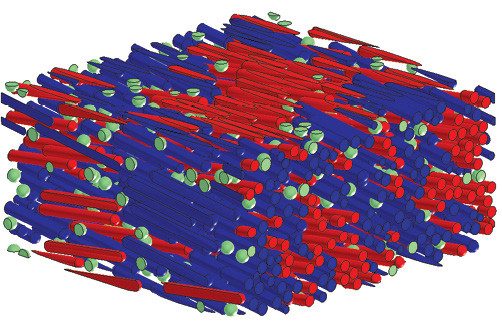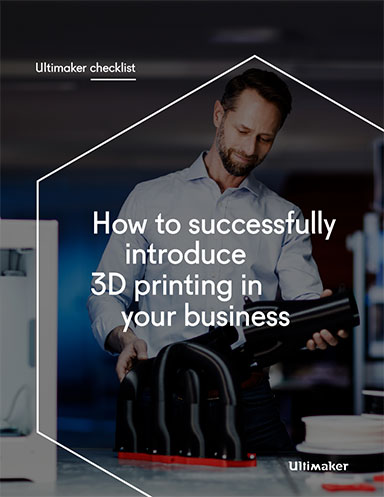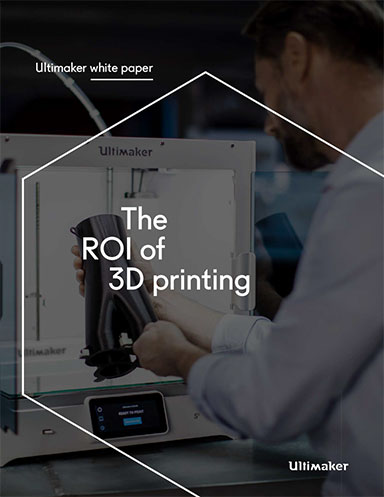Materials Grab Leading Role in Early-Stage Design

The Digimat materials modeling platform predicts the nonlinear micromechanical behavior of complex multi-phase composite materials and structures. Image courtesy of e-Xstream Engineering/MSC Software.
Latest News
August 1, 2018
We’re all familiar with the story: A luxury ship, constructed with no expenses spared, hits an iceberg on its maiden voyage, sinking the ship and killing upward of 1,500 passengers. But a lesser-known fact about the Titanic’s fateful voyage was that bad material choices—specifically substandard metals and lower-grade iron rivets—were found to have contributed to the disaster, as later studies revealed they didn’t hold up sufficiently upon impact.
The choice of higher-grade metals may not have averted the most infamous ship disaster, but the scenario does illustrate the importance of materials to overall product quality and the necessity to consider material characteristics at the earliest design stages.
Although the practice has always been a critical part of the product design workflow, materials exploration is often tackled much later in the overall process, typically by an adjunct group of specialists who leverage their own advanced databases and sophisticated simulation tools to explore myriad possibilities.
Now, thanks to the proliferation of more cost-effective advanced materials such as carbon fiber composites and ceramics, coupled with the adoption of additive manufacturing for production, traditional design workflows related to materials are being reimagined. Engineering organizations are seeking new ways to effectively capture and manage materials data so it becomes widely accessible to non-specialists, and make it available, in intuitive searchable form, far earlier in the design cycle.

“At the end of the day, the material used in a product is going to be so influential to the long-term success of a product,” notes Ben Smye, head of growth for Matmatch, an online platform that delivers a comprehensive materials database accessible to non-experts through Google-like searches. “Thinking about that at the start and making it a central part of the design and engineering process is key.”
Advanced Materials Enhance Innovation
The renewed spotlight on materials, and particularly the emphasis on materials exploration as part of the early design cycle, is directly related to the influx of advanced materials such as composites and new polymers, and their ability to help optimize and innovate designs. Advanced materials, which are modified variants of existing materials that improve performance in one or more characteristics such as strength, durability or weight, are being tapped for next-generation products such as medical devices, cars and aircraft.
Advanced materials, which often draw inspiration from nature, are proving to be a key enabler for aerospace and car companies to create the complex lattice structures essential for lightweighting new designs as well as for electronics players to create more sustainable, high-performance energy sources. According to a study by Research Nester, the global market for advanced materials is expected to expand at a compound annual growth rate of 11.6% between 2017 and 2024, reaching $101 billion.
Now, design engineers not only have a broader palette of advanced materials to experiment with, but they also have new modeling tools and additive manufacturing (AM) platforms that allow materials to be mixed, modified and optimized at a micro-scale level to achieve performance characteristics that would be impossible to achieve with traditional production processes.
“As the use of AM methods moves from general prototyping to a value-add on the production side, functional products, quality assurance and design performance are much more important,” notes Ankit Saharan, manager R&D/applications development, Additive Manufacturing at EOS, a manufacturer of 3D printers that use plastics and metals. “For example, the wide range of properties in polymer materials can affect the final part, making it essential to consider these properties in the design concept stage.”
In addition, evaluating material parameters and design objectives together at the beginning of the cycle enables increased flexibility to alter the part to fit the potential of the material and design constraints, Saharan adds. “For example, if an AM bracket is used to replace a traditionally manufactured part, the structure that is bracketed can be redesigned to accommodate the potentially lower load-bearing capabilities of the AM part,” he explains. “If the performance of the AM part is known ahead of time, this greatly increases the options to adjust the design of the application and part.”
One of the key challenges to testing and certifying different materials is cost—a problem e-Xstream/MSC aims to solve with its Digimat, a multi-scale material modeling tool used to simulate the behavior of complex composite materials and structures in a virtual world, according to Roger Assaker, CEO of e-Xstream Engineering, a subsidiary of MSC Software.
The software, which works in conjunction with leading CAD and CAE tools, lets engineers identify promising composite material candidates through a simulation approach, saving time and money. It also allows for process simulation of how those materials are produced as a way to anticipate manufacturing issues and optimize part quality. Once materials are tested and certified, MaterialCenter functions as a PLM (product lifecycle management) of sorts for materials information, managing materials models, data and processes with full traceability and serving as a consistent source of approved materials and workflows.
“We’re trying to bridge the gap between materials database providers and an organization’s own internal proprietary data and move from silos into new digital engineering workflows,” Assaker explains.
Matmatch aims for a similar result with a different approach. As opposed to traditional materials databases that are highly specialized and geared for materials experts, Matmatch is an online platform that maintains a current database of over 81,000 materials, allowing mainstream design engineers to discover and compare alternative options for projects.
The platform’s Google-like search capabilities and analytics are the key differentiator, Smye explains, facilitating materials research without the cost and complexity of traditional methods. In addition, unlike other materials databases, the system is designed with a user interface and analytics that encourage engineers to consider other, non-conventional materials. That’s important because materials information is often siloed in special systems, prompting design teams to constantly utilize the same materials with known properties for all of their initiatives—a workflow that impedes innovation and creativity, contends Smye.

MSC Software’s MaterialCenter is touted as the single point of entry for all materials-related activity, including physical test data and multi-scale materials modeling. Image courtesy of MSC Software.
“They don’t change materials because that could mean a new phase of R&D,” Smye explains. “There may be reasons to go from metal to plastics or ceramics, but because they don’t have the proper information, they stick with what they know. We want to push innovation and show engineers they don’t need to be stuck with one material if it isn’t optimal.”
For their part, many of the leading CAD vendors are augmenting their software portfolios with integration to leading materials databases directly within the CAD interface. Dassault Systèmes, for example, recently announced a partnership with Granta Design to integrate the GRANTA MI materials information management systems into 3DEXERIENCE to help product teams make more informed material decisions. The integration allows design engineers and simulation analytics to directly access consistent materials property information, enabling them to make smarter decisions related to the impact on cost, structural behavior, compliance and sustainability, officials say.

Through integration with the Granta database, Creo users have access to data on more than 110 standard materials within the CAD environment, including multiple variants of rubber. Image courtesy of PTC.
PTC also has a collaboration with Granta Design to integrate elements of its materials database directly into Creo CAD software. Expanded materials data is integrated in the latest Creo 5.0 release, allowing engineers to simulate new options—different rubbers and some additive manufacturing options, for examples—within the CAD tool, explains Jose Coronado, product manager for Creo extensions.
Moving forward, PTC plans to expand materials capabilities related to 3D printing—an area where there is huge potential for materials to be a key differentiator and where there are many underlying challenges for simulating the materials in the context of a specific manufacturing process. “Materials properties for additive is now the challenge,” Coronado says. “We want the designer to have all the tools upfront to do this analysis. We are working with the printer vendors and specialized materials management providers to address the challenge.”
Subscribe to our FREE magazine, FREE email newsletters or both!
Latest News
About the Author
Beth Stackpole is a contributing editor to Digital Engineering. Send e-mail about this article to [email protected].
Follow DE





